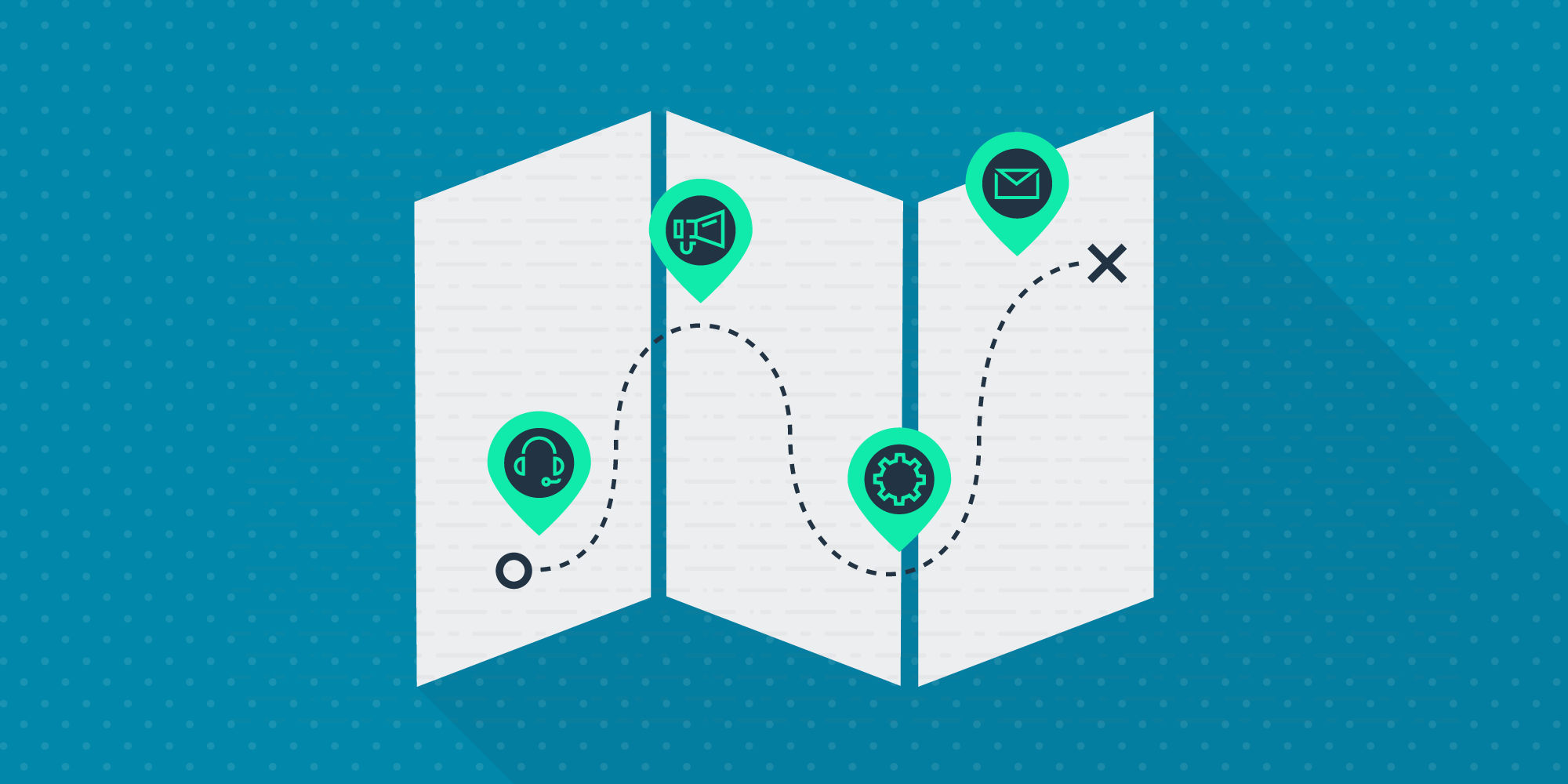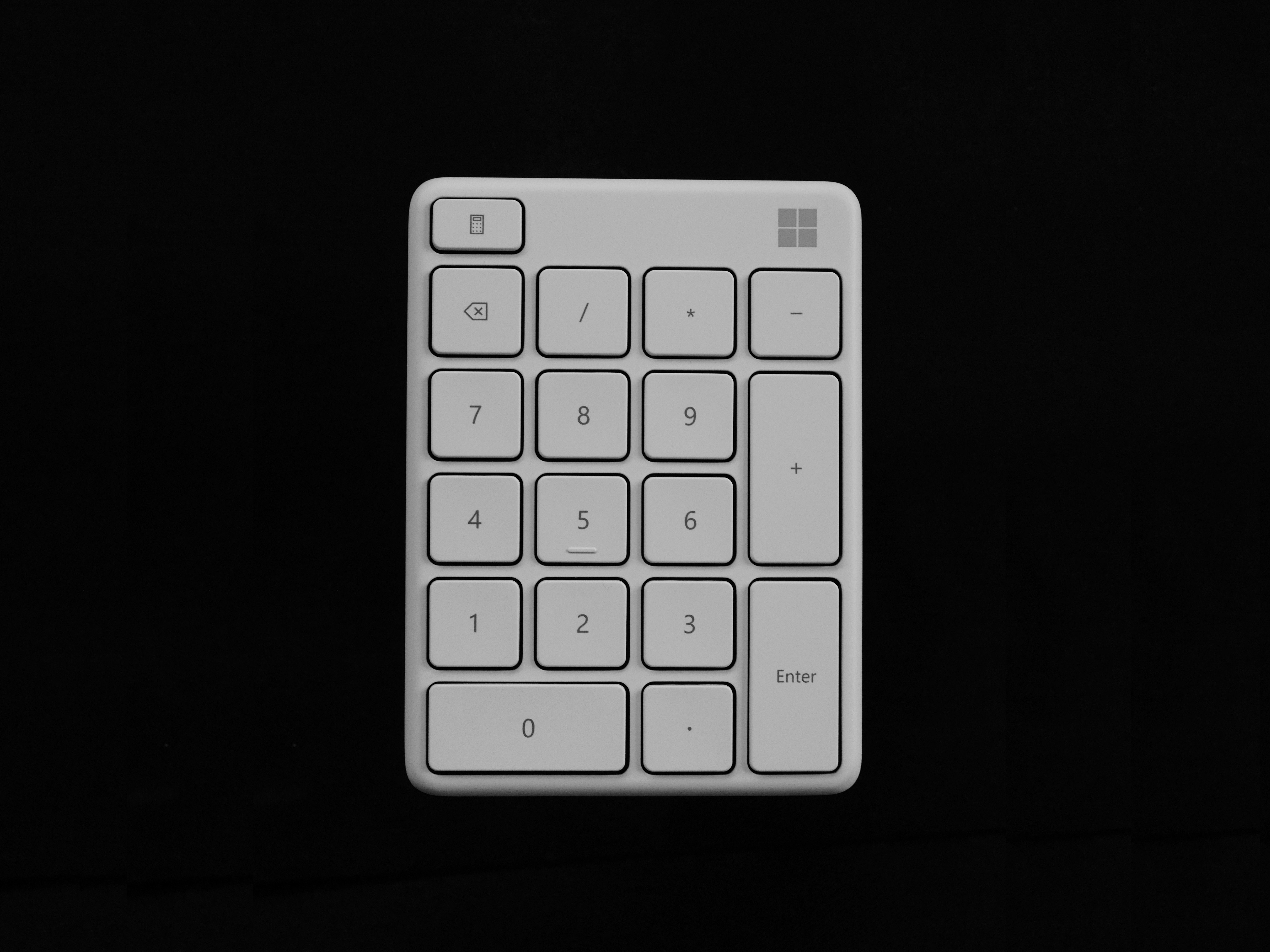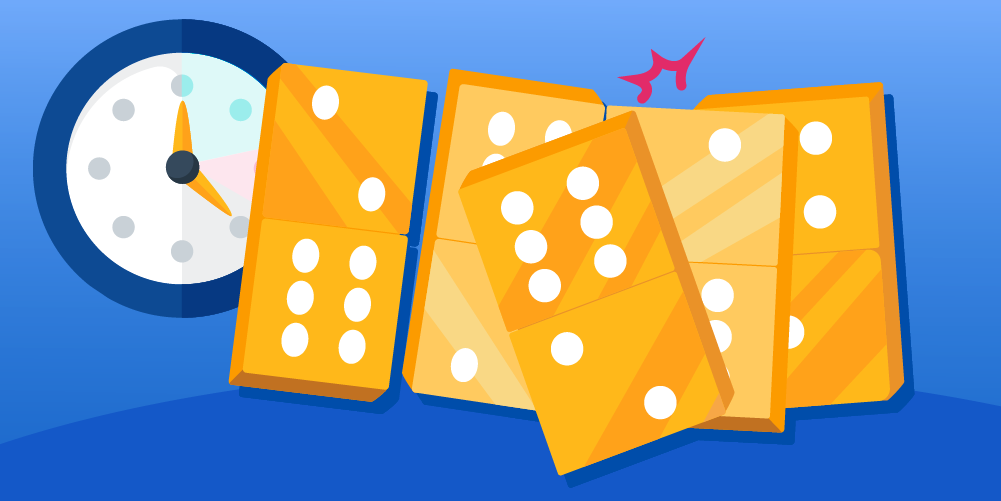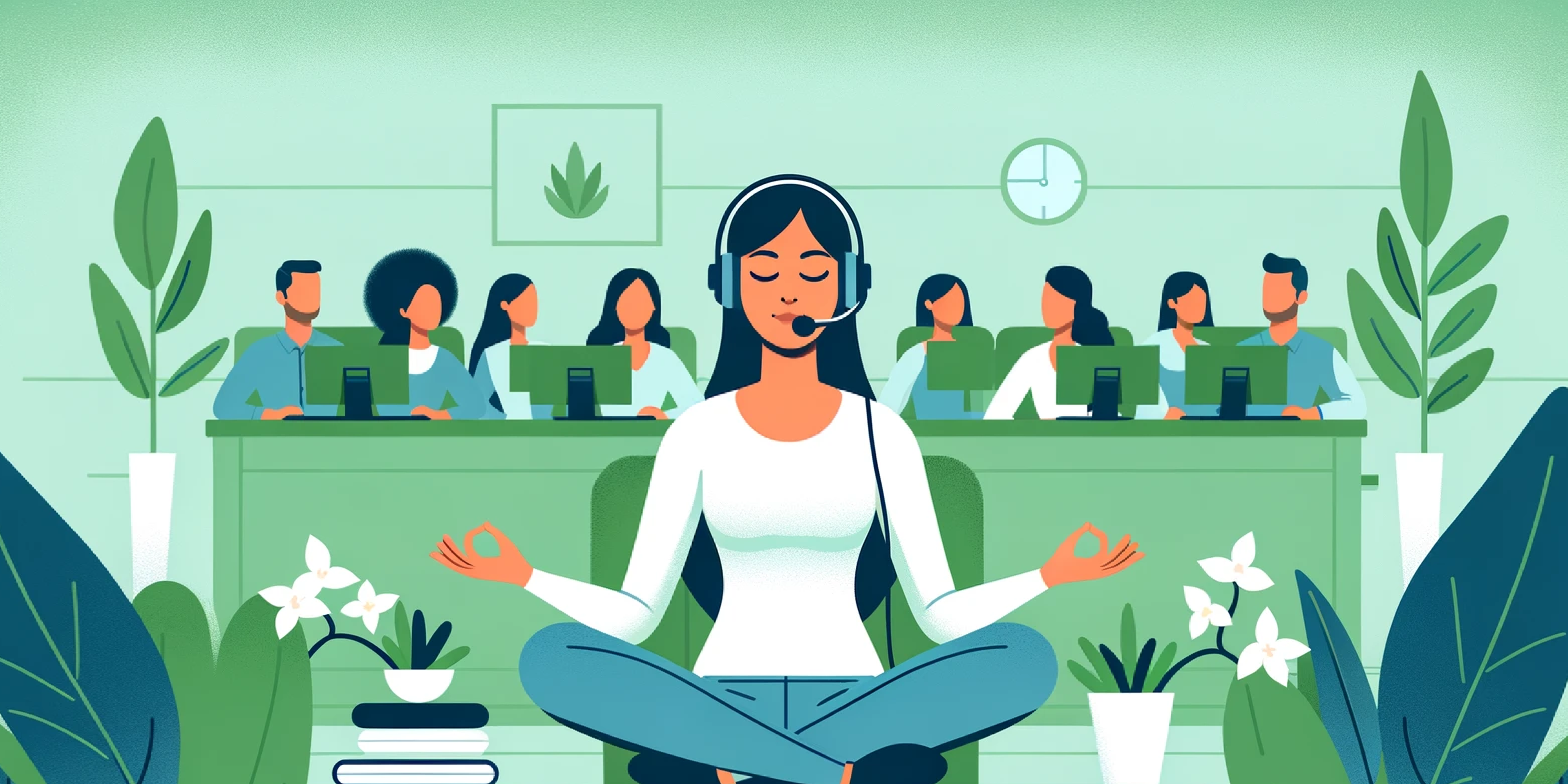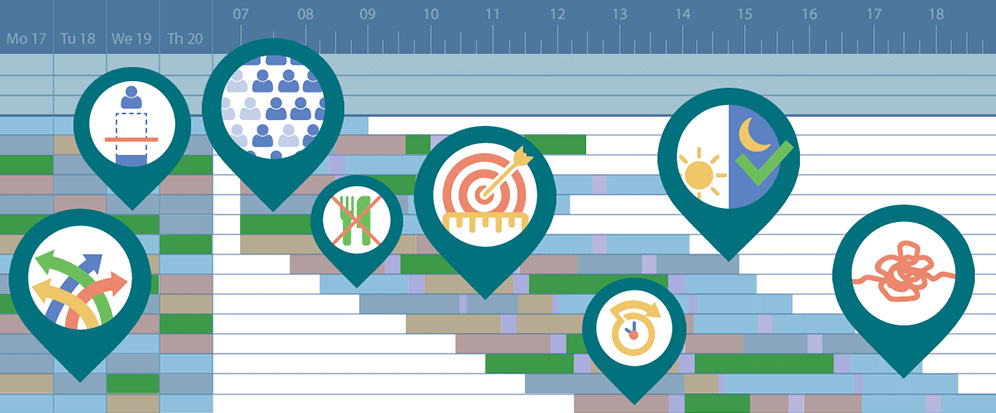A recent (fake) news story caught my eye: “Man becomes professional pianist after calling his internet provider and waiting on hold for hours. The piano hold music inspired him to learn to tickle the ivory keys.”
Queues happen. And, perhaps they inspire musical genius?
On any regular day, your contact center is swamped. All of your agents are on calls, assisting customers. Your visible queue shows 30 calls pending. It’s the truth: customers will have to wait on hold. You might as well make their experience waiting on hold a positive one.
Let’s take a dive into a few important components of the customer experience before the call is even answered by your contact center.
The Sound
The customer experience begins the moment the customer dials your contact center phone number. Does a crackly robot voice recording followed by abnormally loud hold music sound like the typical experience you’d like to provide? In the contact center world, dialing into your own call center to understand the beginning of the customer journey is key. Adjusting settings to ensure a professional sound is going to be necessary. Do the hold music and voice over recording represent your brand? And, do both sounds balance each other?
Picture this: You’re calling a local florist to purchase flowers for a funeral and hear a calming woman’s voice right off the bat. She’s thanking you for calling and says your call will be answered shortly. There is a brief pause followed by deafening punk rock hold music that keeps cutting in and out.
The Options
The customer has approached the initial welcome recording and now they are listening to the menu options.
Press 1 for sales Press 2 for support Press 3 for returns Press 4 for our directory Press 5 for shipping Press 6 for accounting
You press 1 and are directed to what sounds like a queue, waiting for a sales representative. Suddenly, you’re presented with more options.
Thanks for reaching our sales department.
For new customers, press 1. For existing customers who wish to add a new product, press 2. For new customers with product questions, press 3. For existing customers with product questions, press 4. For new customers who wish they were existing customers, press 5. For existing customers who wish they were new customers to take advantage of the new customer deals, press 6.
The options are endless. Really, they never end. As the customer, you scramble for a pen and paper to mark down what option you have to press because it’s not letting you enter your option until the recording is over. No pen is found, you forget your option and now have to listen to the entire menu over again. Or, perhaps the call disconnects and your customer has to re-dial in.
Come on - does this sound ideal?
As contact center leaders, while you’re building your menu options, the mantra, “simple is best” comes into play. By creating a frustrating menu system, you’re only angering your customer further. How can you make your menu as simple as possible for your customer while they are trying to figure out which option to select?
The Follow-up
With so much amazing technology these days, providing the option on a call center menu for a customer to hold their spot in the queue and receive a call back is easy and makes a huge difference.
While a customer is waiting on hold, jamming out to your exquisite taste in hold music, they hear a recording that states they are the 102nd caller in the queue. Ouch. Their neck is already in pain from holding the phone this long. But wait - they have the option to hold their spot in line, hang up the phone and receive a call back?
By implementing engaging time saving options for your customers while waiting on hold, you are enhancing their experience with your company. Just make sure that the callbacks actually happen and you have a dedicated team with a system in place to know who they are calling.
And, all of this happens before the phone call is even picked up by your eager customer service agent.
In conclusion, make sure you’re paying attention to the initial experience:
- What is the first sound the customer hears when they dial to your contact center number?
- What adventure are you taking your customer on via your phone tree menu options?
- How can you empower your customer with a call back system to give them more time back to their day while waiting to receive help from your contact center?
If you’re just starting or you’re looking for improvements to your phone system, begin here with this and you’re on your way!


